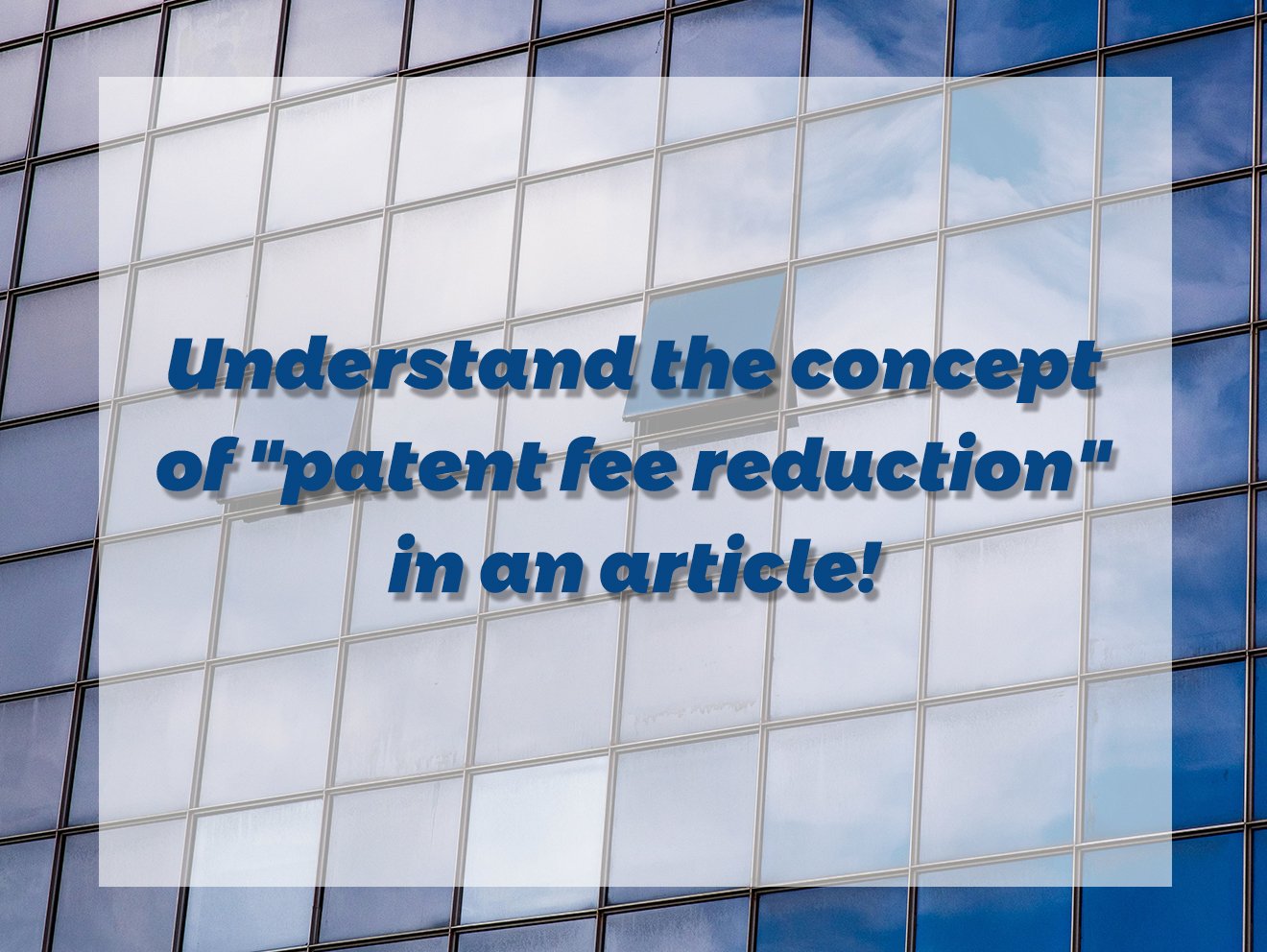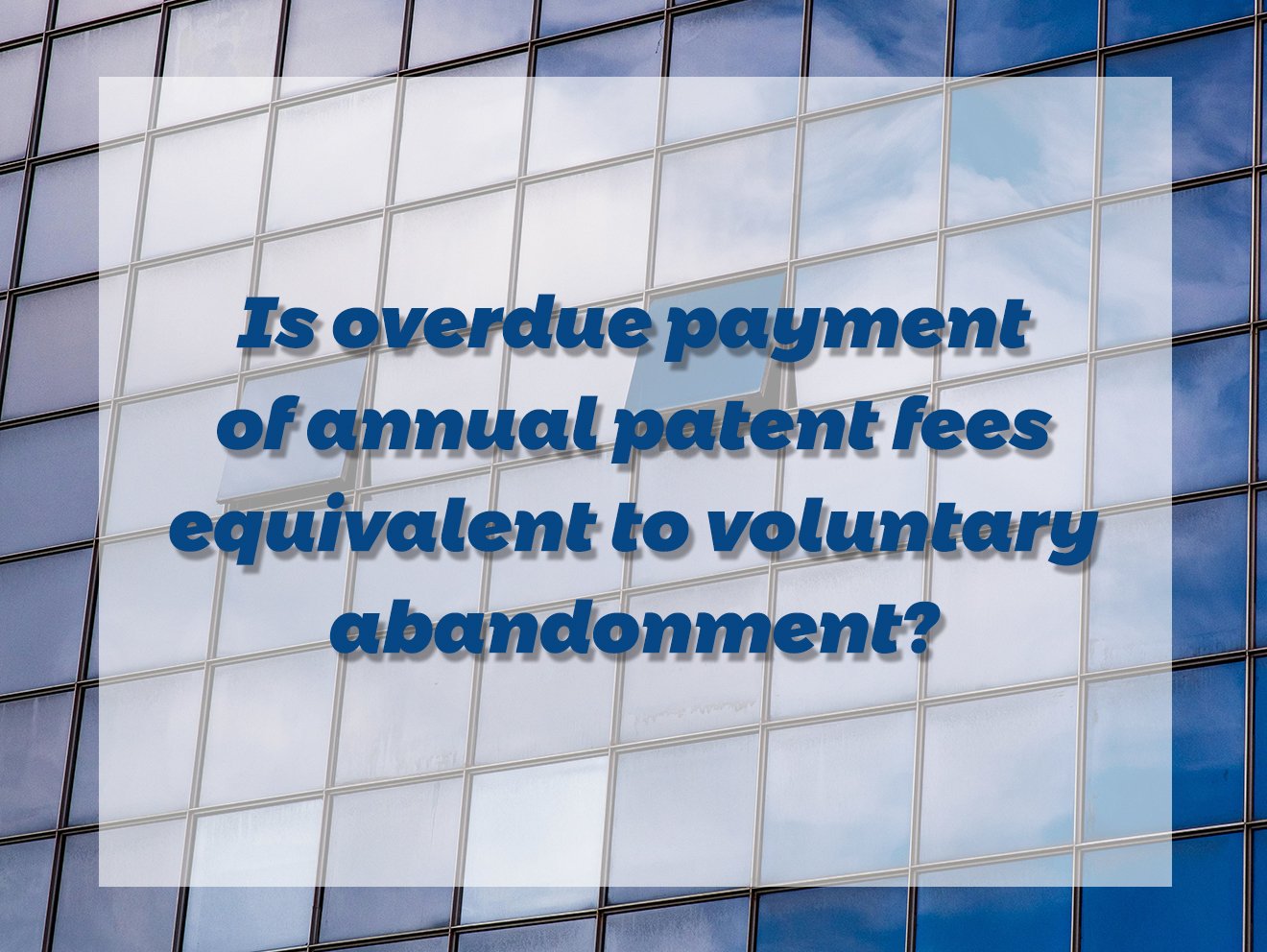Your innovation umbrella, this is how it works!
Why does a patent technology disclosure document have to be disclosed in writing? Isn’t verbal disclosure convenient?
A key but easily overlooked aspect that determines the quality of a patent is the writing of a technical disclosure document.
Often, applicants ask, “Can I just verbally explain to the agent without writing a disclosure letter?” However, the truth is that a high-quality disclosure letter can save 90% of the detours in patent protection!
First, let me calculate the account for everyone: If it is a formal written disclosure, it may take you 2 hours to write it. It may seem like a long time, but when the agent receives a clear written content, conducts a search, and then communicates with the search results, the total time may be 1-2 weeks.
If the disclosure document is unclear or verbally disclosed, the first verbal communication may only take half an hour, which is not long. However, the agent needs to convert the verbal content into written content for retrieval, and then repeatedly communicate to supplement omissions, make adjustments, and then retrieve again. This process may last for half a month or even a month.
Even worse, the key technical points may not have been conveyed properly. Language itself has limitations, and oral communication is more likely to widen language misunderstandings. A good written disclosure can help avoid many problems, such as the reduction of patent protection scope after authorization or inaccurate grasp of technical key points! A reliable and professional agency process must accept written disclosure.
What core content should a good technical briefing include? It’s actually not difficult, remember three things to “clarify”: clarify the pain points of existing technology, such as “traditional devices have high energy consumption and low accuracy”; Explain your innovative plan clearly, using flowcharts and structural diagrams to assist in explanation; Clearly state the effects of technology, such as a 30% reduction in energy consumption and a 50% increase in efficiency. The more specific these details are, the more accurately the agent can extract the protection points.
Special reminder of a few common misconceptions: Don’t just give a concept and say ‘the rest is up to you’, patents protect specific solutions, not fantasies; Don’t overly simplify technical details, and worry about leaks. You can communicate with the agent about the limits of patent text disclosure, but the core parameters and key steps in the disclosure must be fully written. Remember, the disclosure document is the “technical bridge” between the applicant and the agent. Only when the bridge is built steadily can the patent be firmly established.
Finally, the key point is that the technical disclosure document is not a simple task, but the first line of defense to protect innovation. Spending 3 days carefully polishing the disclosure document can help you avoid legal troubles for the next 20 years. Before applying for a patent next time, make sure that the disclosure document is understandable to oneself, peers, and agents, so that your innovative achievements can set sail under legal protection!

Shanghai Bulu Intellectual Property Agency (Special General Partnership)
Phone:+ 86 (0)21 5833 8320
Email: info@bulu-ip.com
Address: Room 607, Yinqiao Building, No. 58 Jinqiao Road, Pudong New Area, Shanghai
© 2026 Shanghai bulu Intellectual Property Firm. Created with ❤ using WordPress and Kubio


